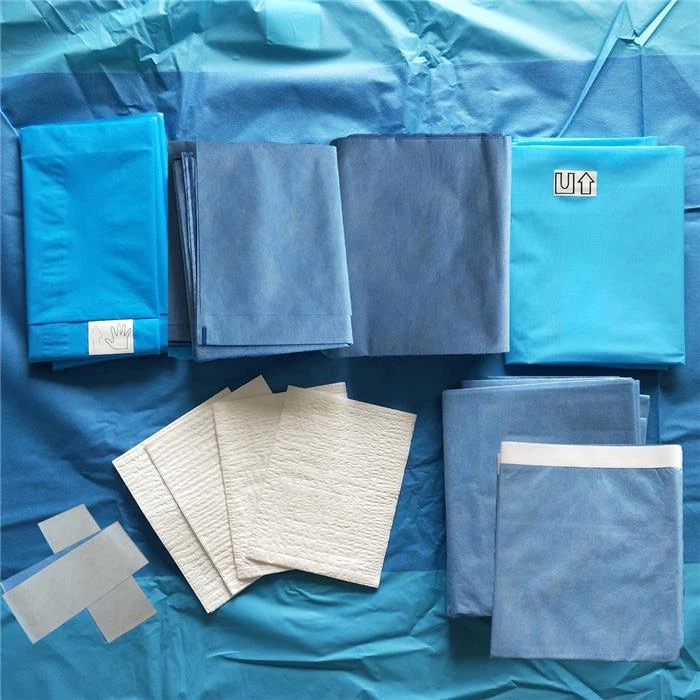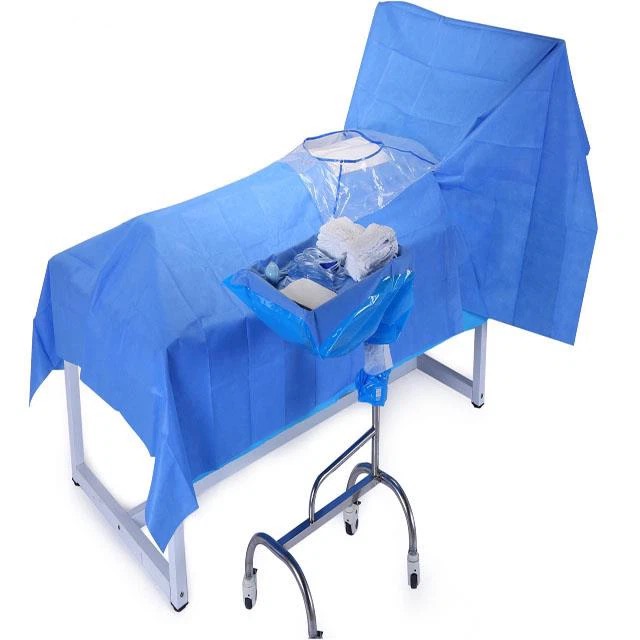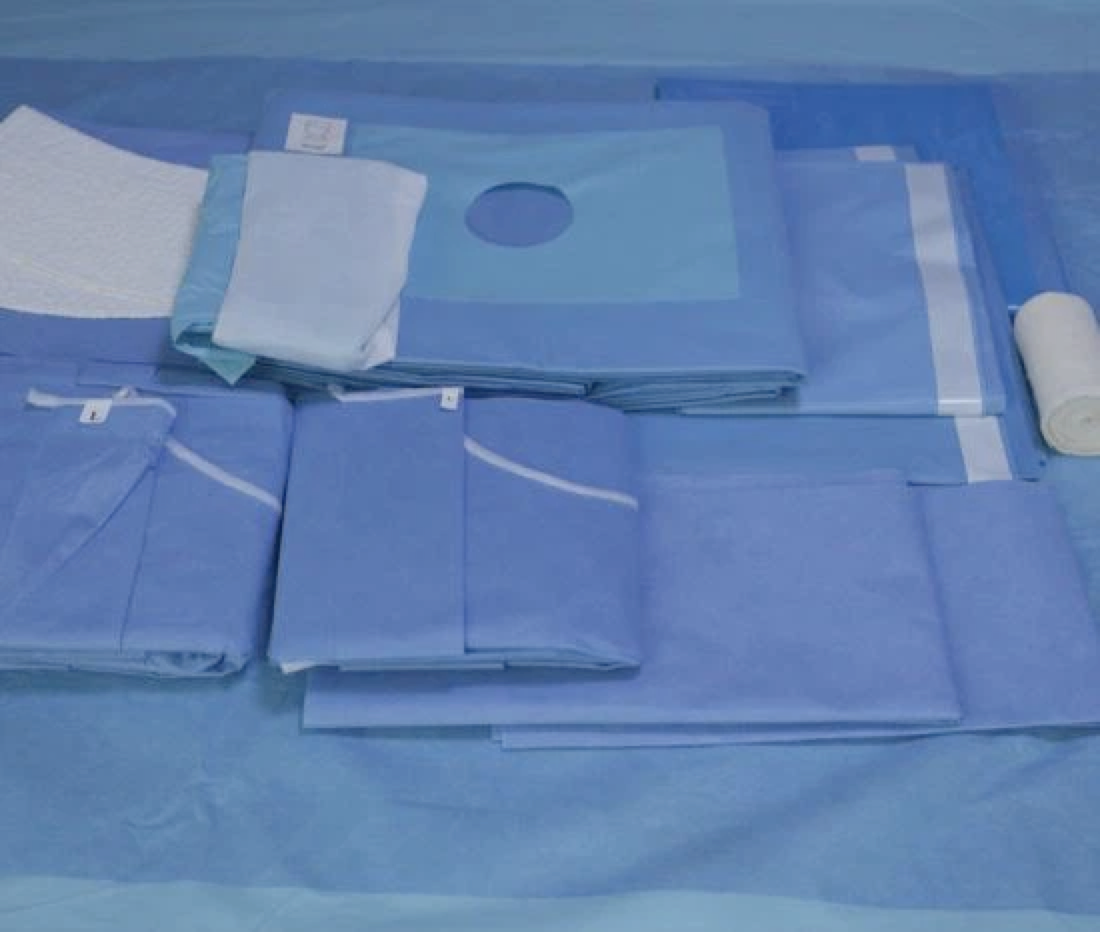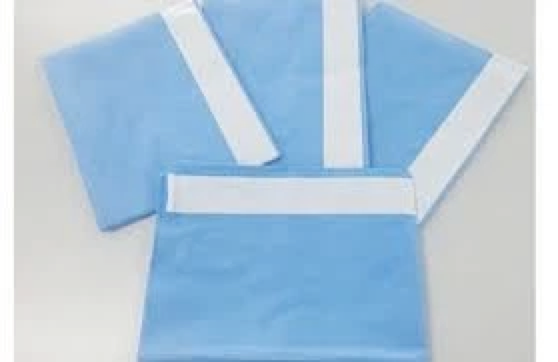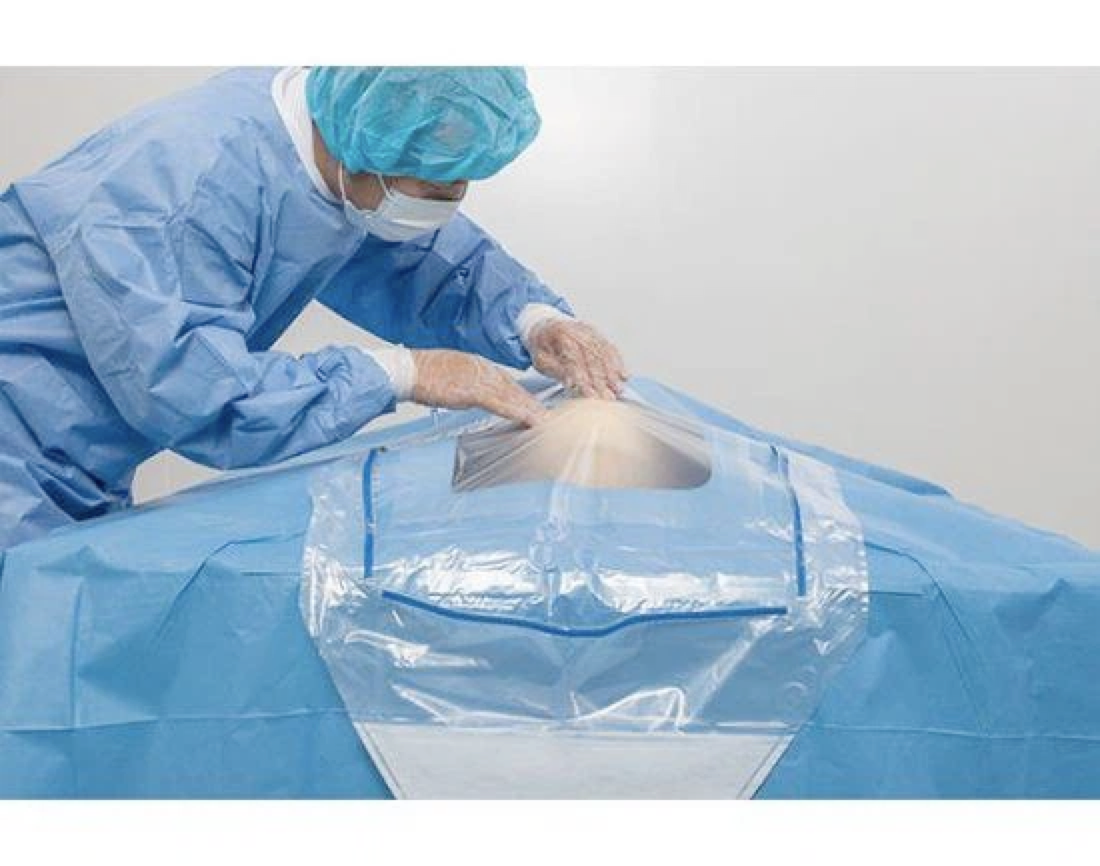The operating theatre is an important place for invasive diagnosis and treatment, and the incidence of infection in the operating theatre is 5 to 10 times higher than that in the general ward. Surgical patients' blood, body fluids, secretions, excretions, etc. are easy to contaminate the surfaces of objects in the operating room, making it a resource bank of pathogenic bacteria, which is a major hidden danger of nosocomial infections in surgical patients. Strengthening the final disinfection of the operating room can reduce the incidence of infection with multi-drug-resistant bacteria by 10% to 30%.
I. What is serial surgery?
The term "consecutive surgeries" refers to the end of an operation followed by another operation in the same operating theatre, which is characterised by several or even a dozen surgeries centrally arranged in the same operating theatre, with one or two operating theatre nurses completing the operations in the order of the operations.
Second, what are the problems associated with consecutive surgeries?
Studies have shown that frequent medical activities in the operating theatre disturb the airflow in the operating room and tend to create turbulence, resulting in the presence of particles in the surgical area and on the surfaces of surrounding objects. Laminar flow technology in the operating theatre only has a disinfecting effect on the air in the operating theatre, but has no cleaning or disinfecting effect on the surfaces of objects in the operating theatre.
When the surfaces of objects in the operating theatre are not thoroughly cleaned and disinfected, the incidence of infection will increase dramatically, seriously threatening the lives of patients. Studies have shown that the incidence of hospital-acquired infections in patients who have been operated on a continuous table is significantly higher than that in patients who have not been operated on a continuous table, and that there are more than ten types of risk factors for infections, and that hospital-acquired infections caused by these infections can have a serious adverse effect on patients and even endanger their lives.
Third, how to deal with the problems brought about by consecutive surgeries?
The American Association of Operating Room Nurses "Operating Room Environmental Cleaning and Disinfection Procedures Practice Guidelines" clearly recommends the use of a microfiber wipes or disposable wipes used for cleaning and disinfecting the surface of objects in the operating room environment, which can effectively improve the cleaning and disinfection effect of the surface of the environment objects, the use of microfiber cleaning cloths with water to wipe, the surface of the object bacterial removal rate of 95%, while ordinary towels are only 68%, even if you add a cleaning agent and disinfectant, it can not be used. Even with the addition of detergents and disinfectants, the removal effect of microfibre cloths cannot be improved.
At present, the main way of cleaning and disinfecting the surface of the object of continuous surgery at home and abroad is wet cleaning. The study pointed out that even if the successive surgeries are intense and busy, the cleaning and disinfection of the surfaces of objects in the operating theatre should not be neglected in order to open the theatre as soon as possible, and that after wet cleaning of the front operating theatre, the surfaces of the high-frequency-contact objects in the operating theatre must be wiped down with chlorine-containing disinfectant before the next surgery can be performed. The study pointed out that adopting a systematic cleaning and disinfection protocol for consecutive surgeries and making enhanced cleaning and disinfection of object surfaces in consecutive surgeries a long-term system can reduce the rate of hospital-acquired infections in operating theatres.
Importance of cleaning and disinfecting high-frequency-contact surfaces in serial surgeries
Studies have shown that environmental monitoring in the operating theatre should be purposeful and controlled, and that high-frequency contact surfaces are the primary problem of environmental contamination in the operating theatre. A survey found that the bacterial detection rate of hard surfaces most frequently touched by healthcare workers and patients was significantly higher than that of ordinary flat surfaces. Therefore, high attention should be paid to the cleaning, disinfection and hygienic monitoring of surfaces of high-frequency contact objects (bed rails, monitor control panels, etc.), and surfaces of high-frequency contact objects in consecutive surgeries have become the important targets of interventions for the prevention of infection in the operating theatre.
V. What are the national requirements for cleaning and disinfecting of consecutive surgeries?
The Global Guidelines for the Prevention of Surgical Site Infections issued by WHO require that surgical beds, bed remotes, restraining belts, instrument trolleys, equipment, infusion racks, dirt buckets, footrests, keyboards, door switches, stools, etc., should be wiped down after each surgery, emphasising the importance of cleaning and disinfecting surfaces in the post-operative period.
The Hospital Surgical Department (Room) Management Code issued by the Ministry of Health of China suggests that between consecutive surgeries and after all surgeries on the same day have been completed, the surfaces of the surgical room should be cleaned and disinfected in a timely manner, with emphasis on consecutive disinfection and end-of-life disinfection.
